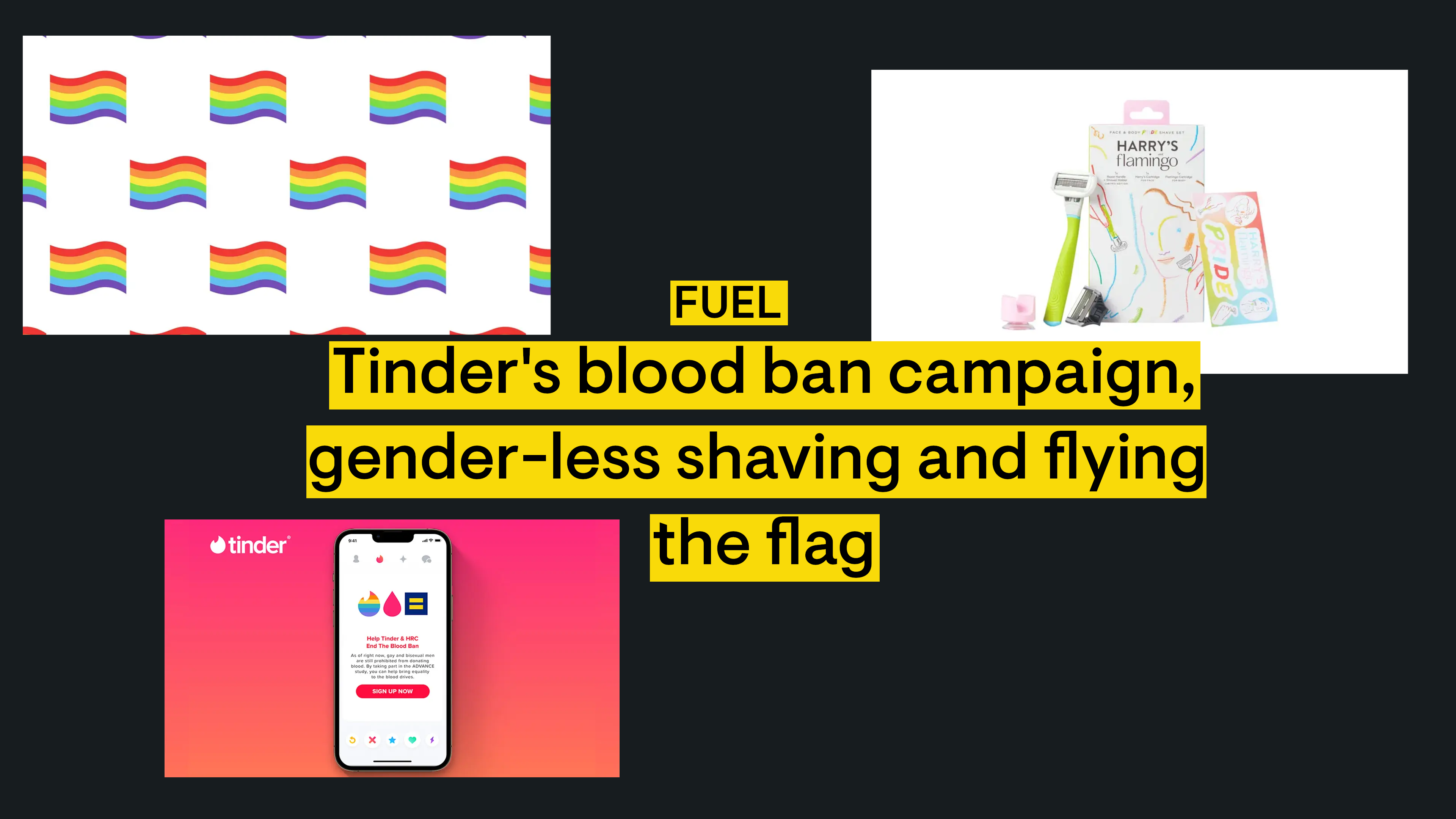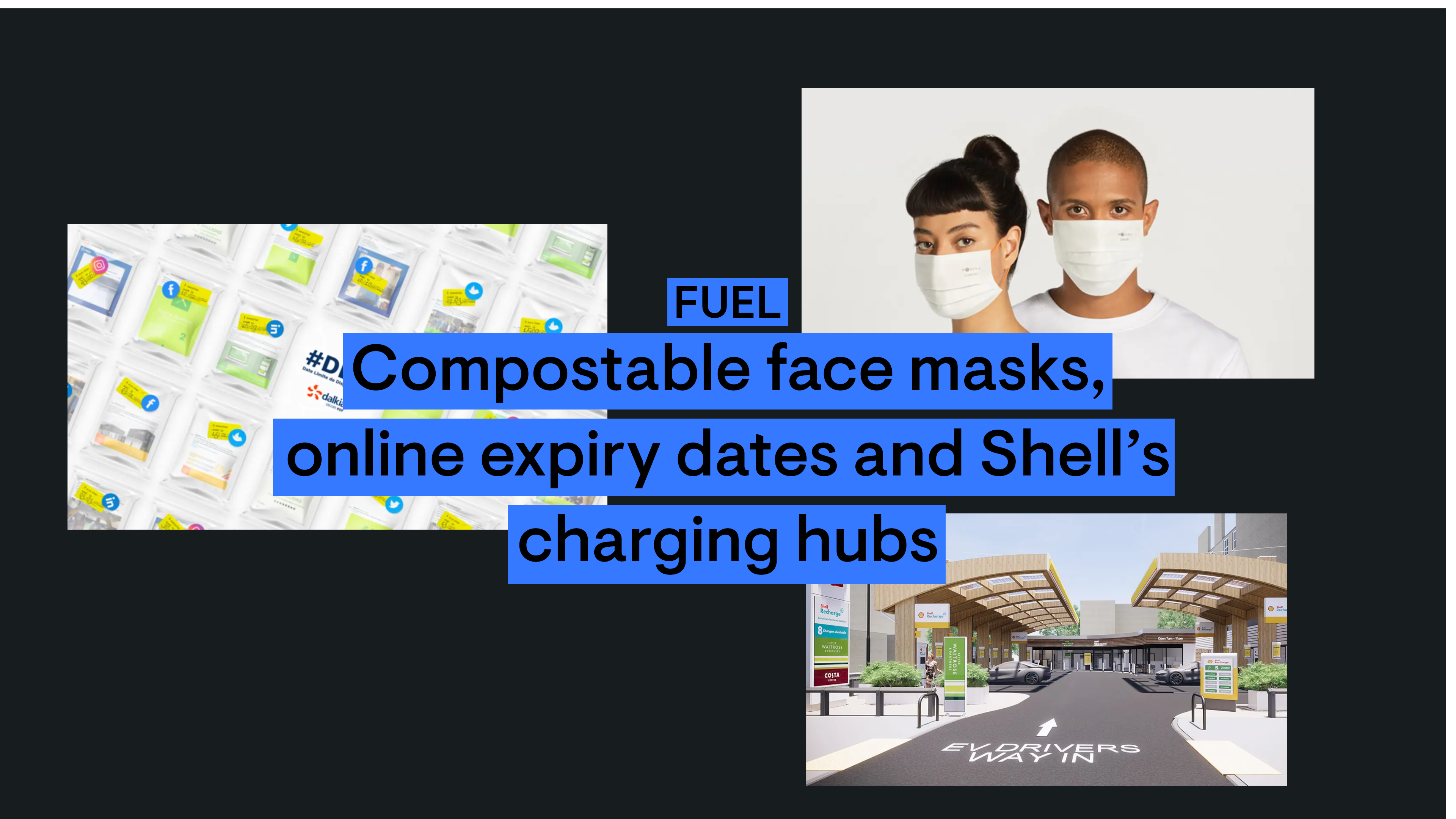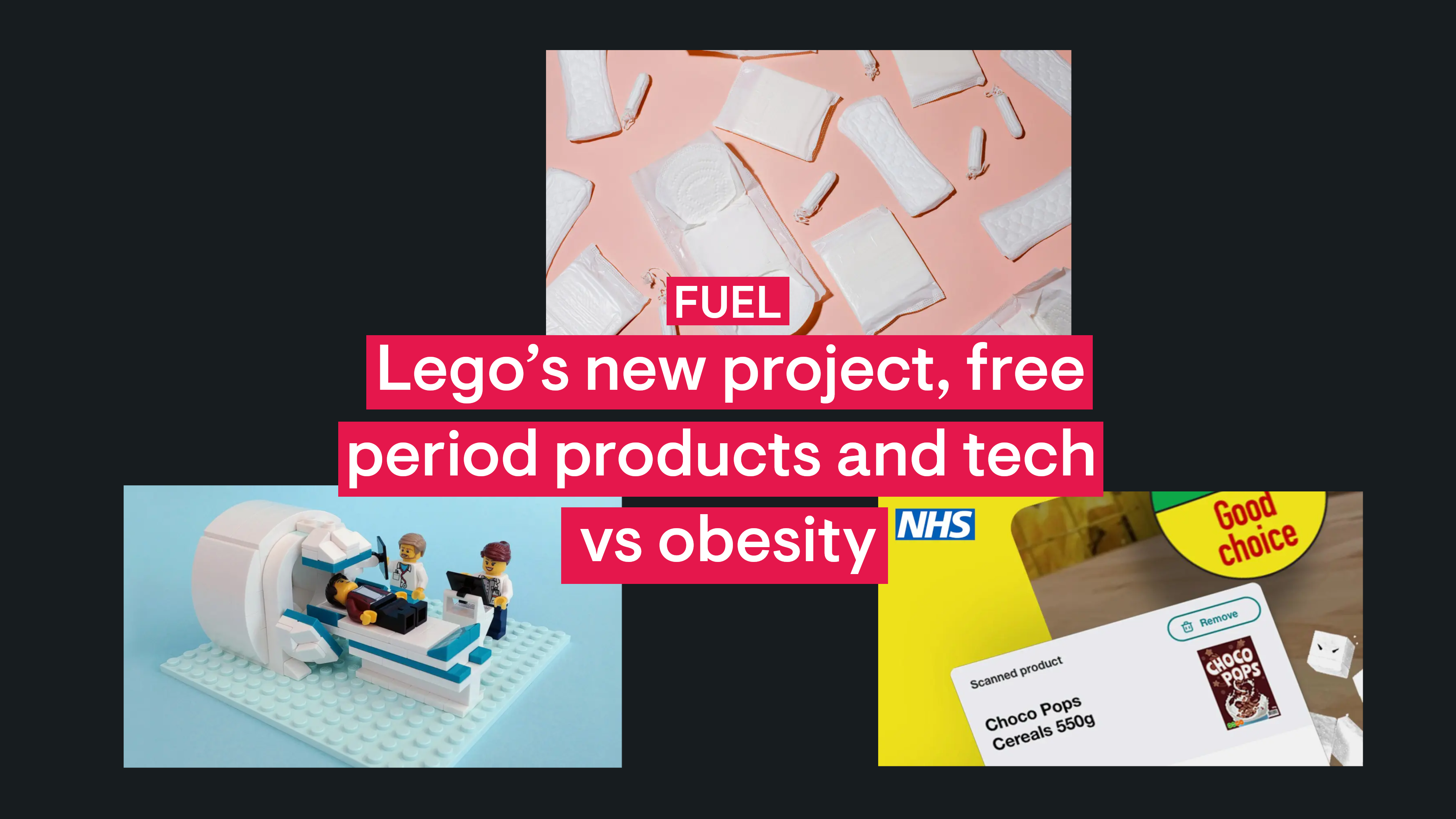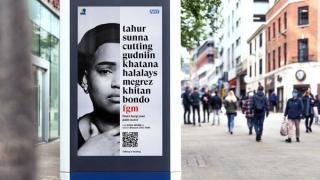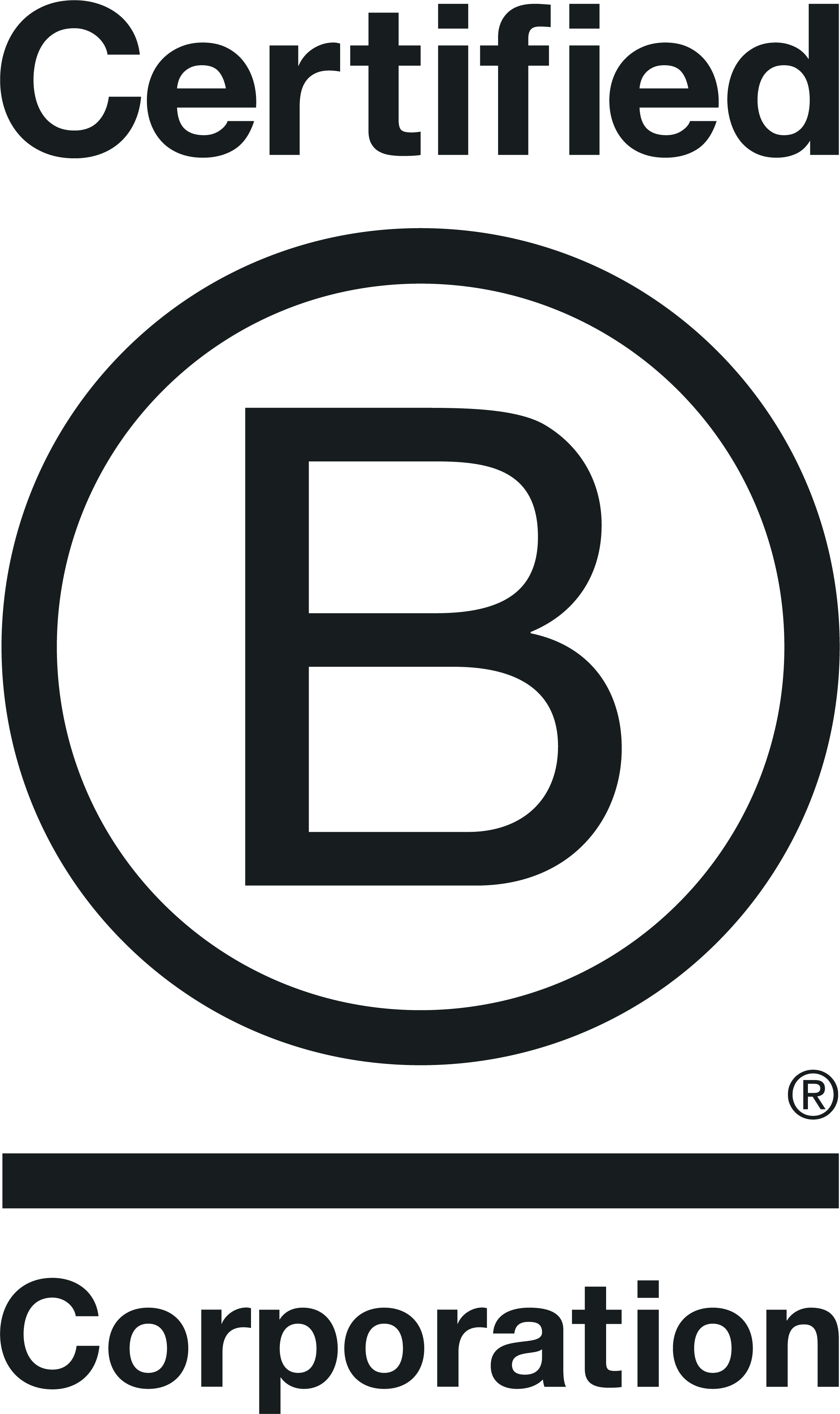Rainbows, rainbows everywhere. That can only mean one thing – it's Pride month, and time to celebrate equality and diversity of every shade. Of course, it's also an opportunity for brands to reveal their true colours and show their support for the LGBTQ+ community. But is this genuine alignment or are they merely following the gold at the end of the rainbow? This week:
• Tinder vs the blood ban
• Sharing the shave
• Pride in the flag
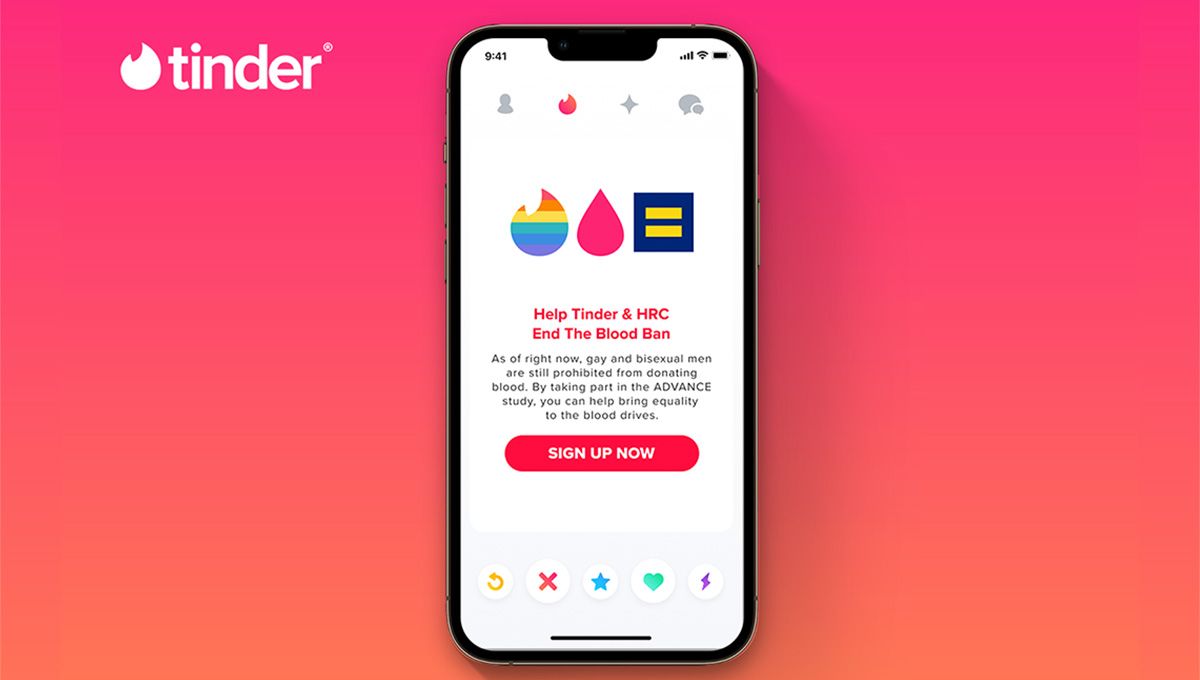
Battling the blood ban
Dating app Tinder has teamed up with the Human Rights Campaign (HRC), Australia’s largest LGBTQ+ civil rights organisation, to end a 40-year-old policy that bans blood donations from gay and bisexual men. Dating back to the 80s AIDS crisis, the law has been widely criticised and calls for repeal have grown alongside a nationwide blood shortage. Tinder and the HRC are encouraging individuals to take part in the Advance Study, which is designed to implement a more inclusive policy. Those who want to take part can swipe right on an 'All Types' Pride card in the Tinder app. Commenting on the campaign, Tinder CEO Renate Nyborg said, 'As the leader of a company built on the magic of human connection, it confounds me that people who desire to help those in need are held back by prejudiced policies.'
Nick Hynes, our Head of Brand Voice, says:
“Anyone can stick a rainbow on their web page and claim to support LGBTQ+ rights. What I like about this campaign is that it's a brand genuinely rolling up its sleeves and taking action against an outmoded and discriminatory law. Although it does sit rather uncomfortably next to Tinder's ready acceptance of gender stereotypes.”
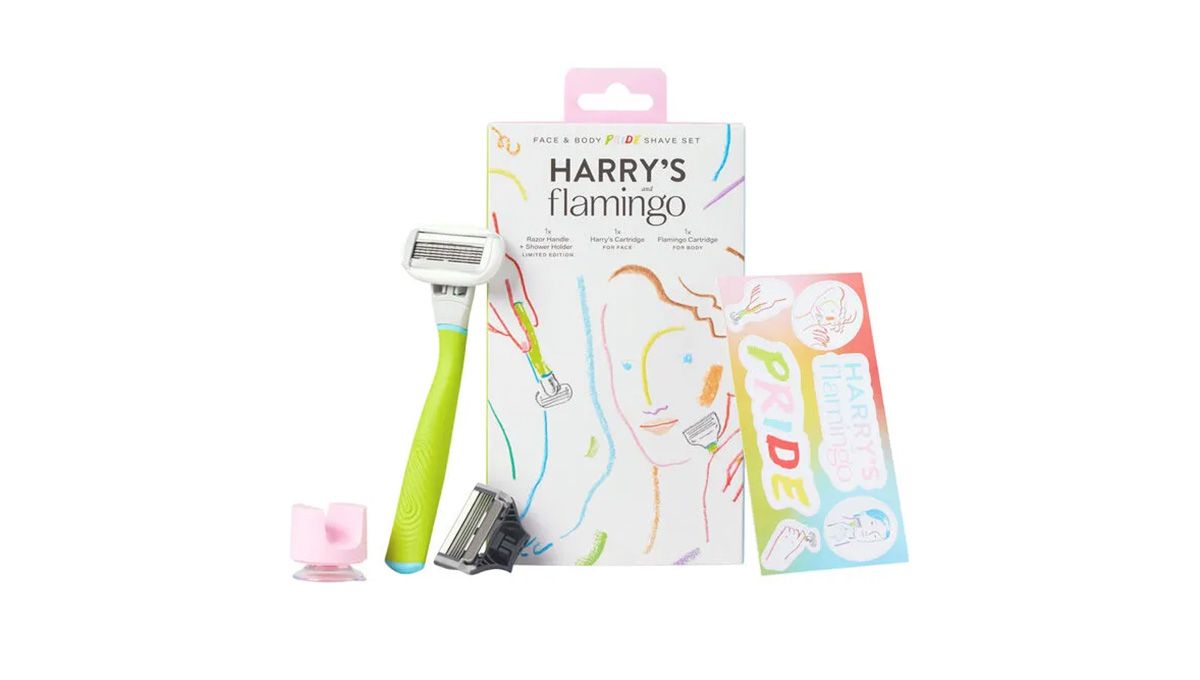
Close shaves
Think about it. There are few product categories as binary as shaving: black and aqua for men, white and pastel for women. Those are the rules, right? Well, no... And to prove the point that shaving shouldn't be a gendered activity, two leading brands in the sector have joined forces to create a limited-edition shave set for Pride. The Harry's x Flamingo Face & Body Pride Shave Set includes a snazzy lime, ergonomic handle with interchangeable razor heads, a shower holder and of course, a bunch of Pride stickers. Available on both brands' websites, the packs feature the work of Brooklyn-based illustrator, Ohni Lisle. Proceeds from sales of the sets will be donated to The Trevor Project, the world's largest suicide prevention and organization for LGBTQ youth.
Rachel Cook, our Managing Director, says:
“What I love: That this product is raising money for a cause close to my heart, that they’re challenging gendered products and the packaging. What I don’t love: Pink-washing and claims around a percentage of sales going to charity, which often end up with free warm fuzzies for the brand and no real revenue to the charity. I’m reserving judgement on this until they cough up the cash! ”
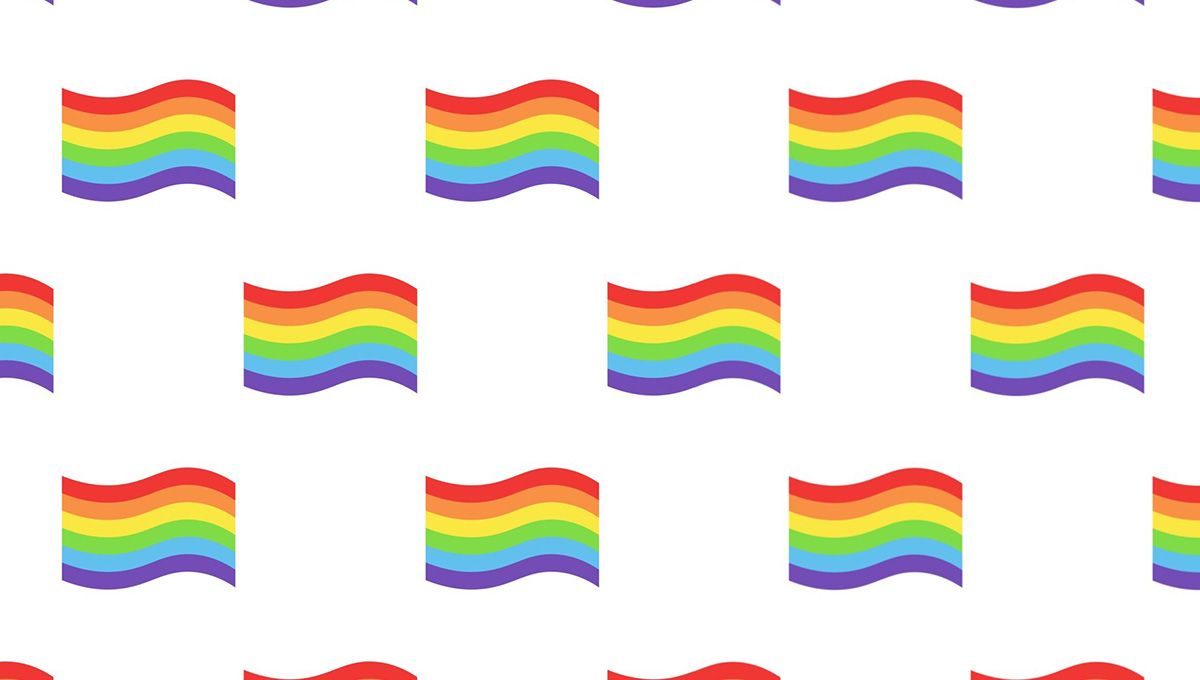
The start of the rainbow
While the rainbow has become universally recognised as the symbol for Pride, there is history behind the original design. The Pride flag was created in 1978 by Gilbert Baker, an openly gay artist and drag performer, at the suggestion of LGBTQ campaigner Harvey Milk. “I almost instantly thought of using the rainbow,” Baker said of his inspiration. “To me, it was the only thing that could really express our diversity, beauty and our joy.” Working with a group of friends, the first flags were hand-sewn by Baker at the Gay Community Center in San Francisco – a location deliberately chosen as a suitable birthplace for the design. Since its debut at the 1978 San Francisco Pride Parade, the original eight-band rainbow has been much embellished, but the early design has earned pride of place in the collection of New York's Museum of Modern Art.
Matt Barratt, our Senior Designer, says:
“On the face of it, I've never felt over-impressed with the simplicity of the pride flag. Maybe it’s the contrasting colours and how they don’t really fall into any satisfying order. Maybe it’s the thickness of each stripe or perhaps it just feels a little too basic? Like something from a mid-90s Microsoft Word doc (all subjective I know). However, dig into the story of how it came about and there is no denying there is nothing better to represent diversity than a rainbow, right? “Make the colours more vibrant”, “Do something funky with the stripes”. You could do, however the current iteration is probably as perfect at being recognisable and with the ability to be mass produced, as it could ever be. (Designers, you know that’s the real challenge.)”
